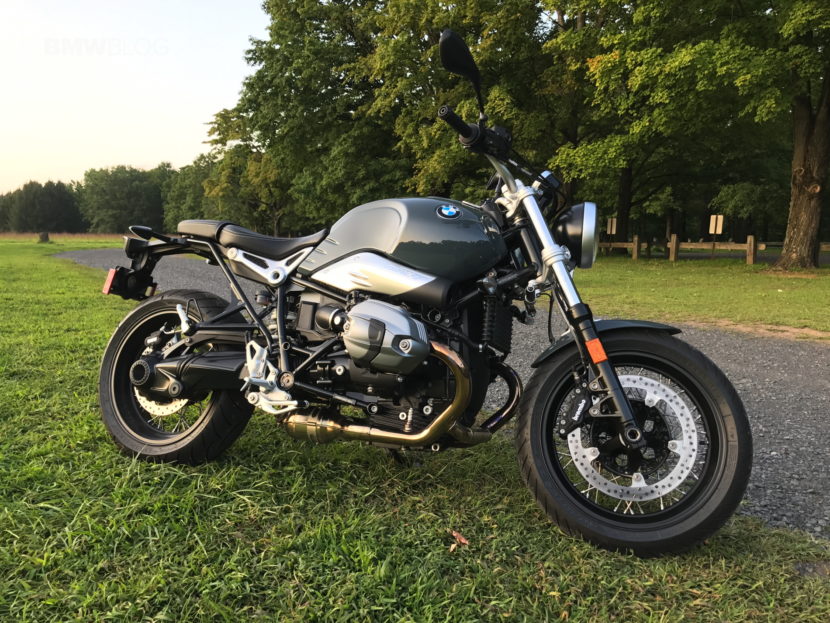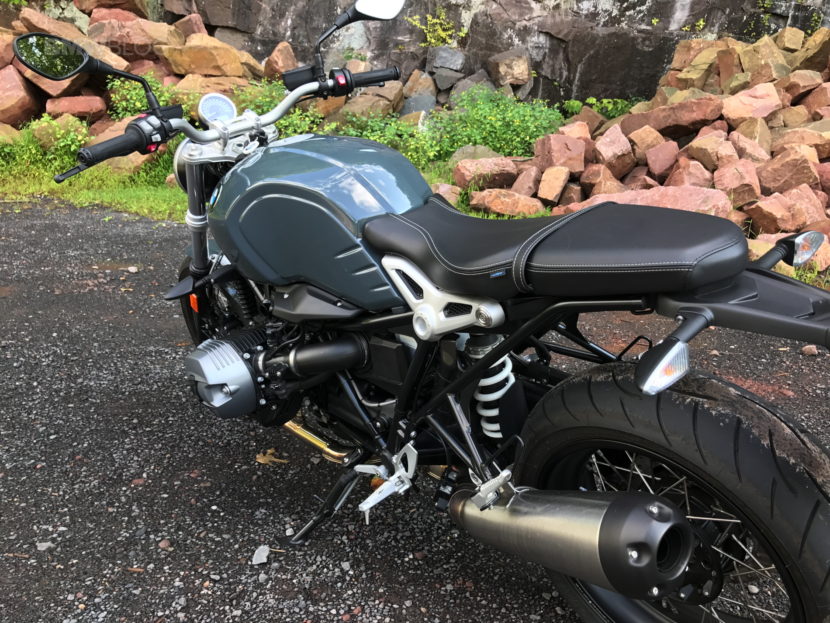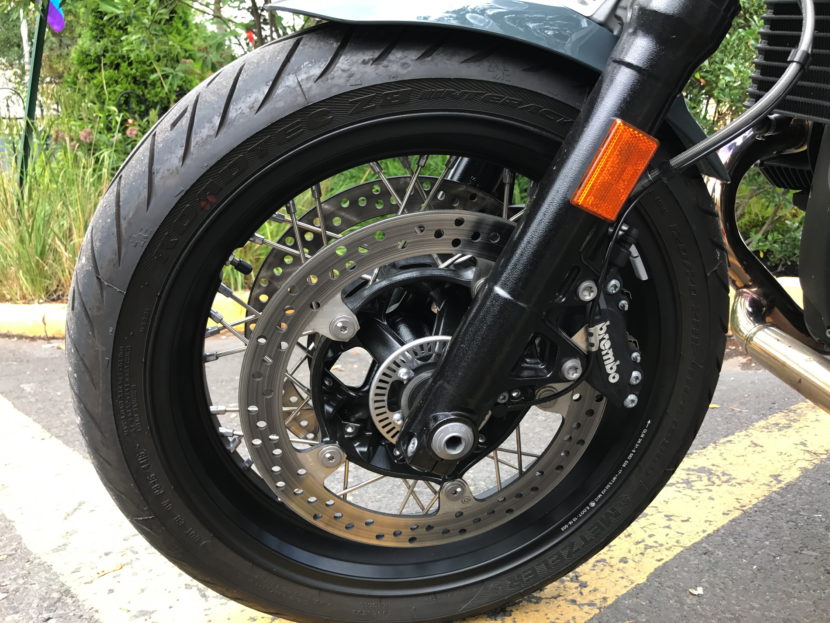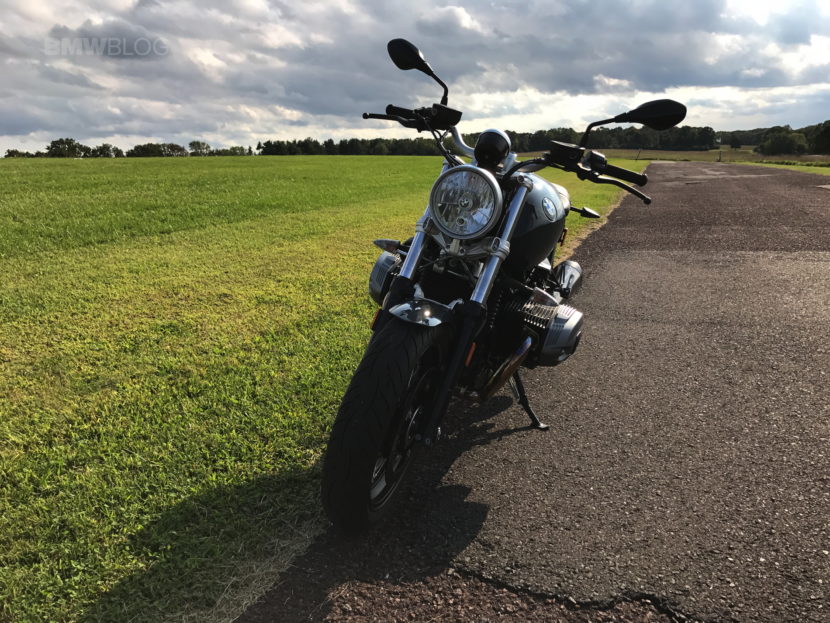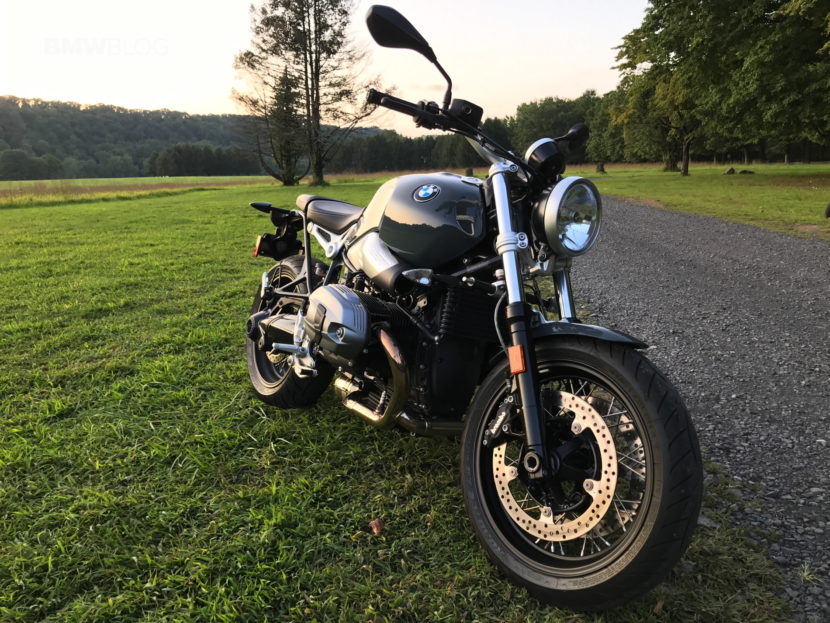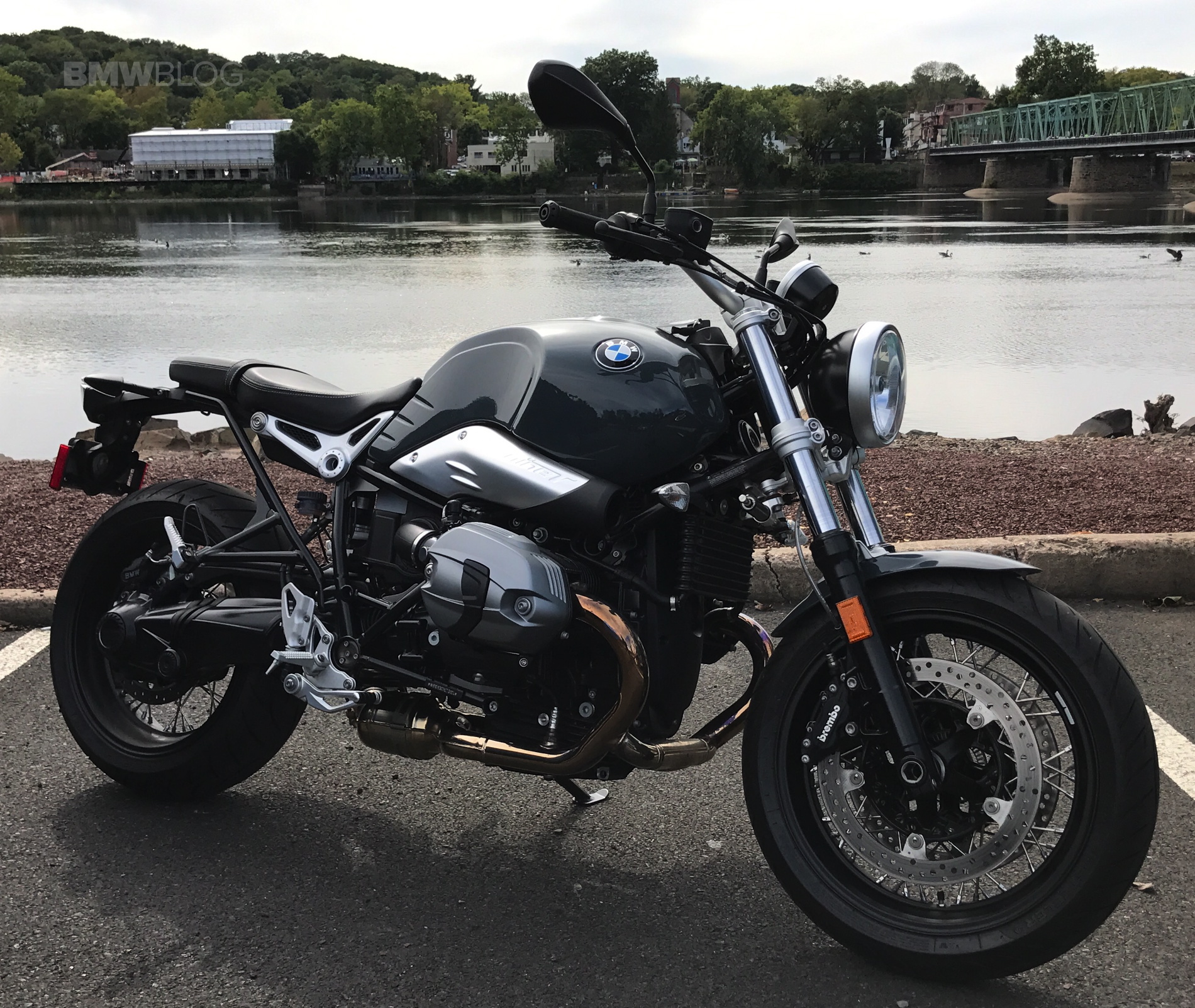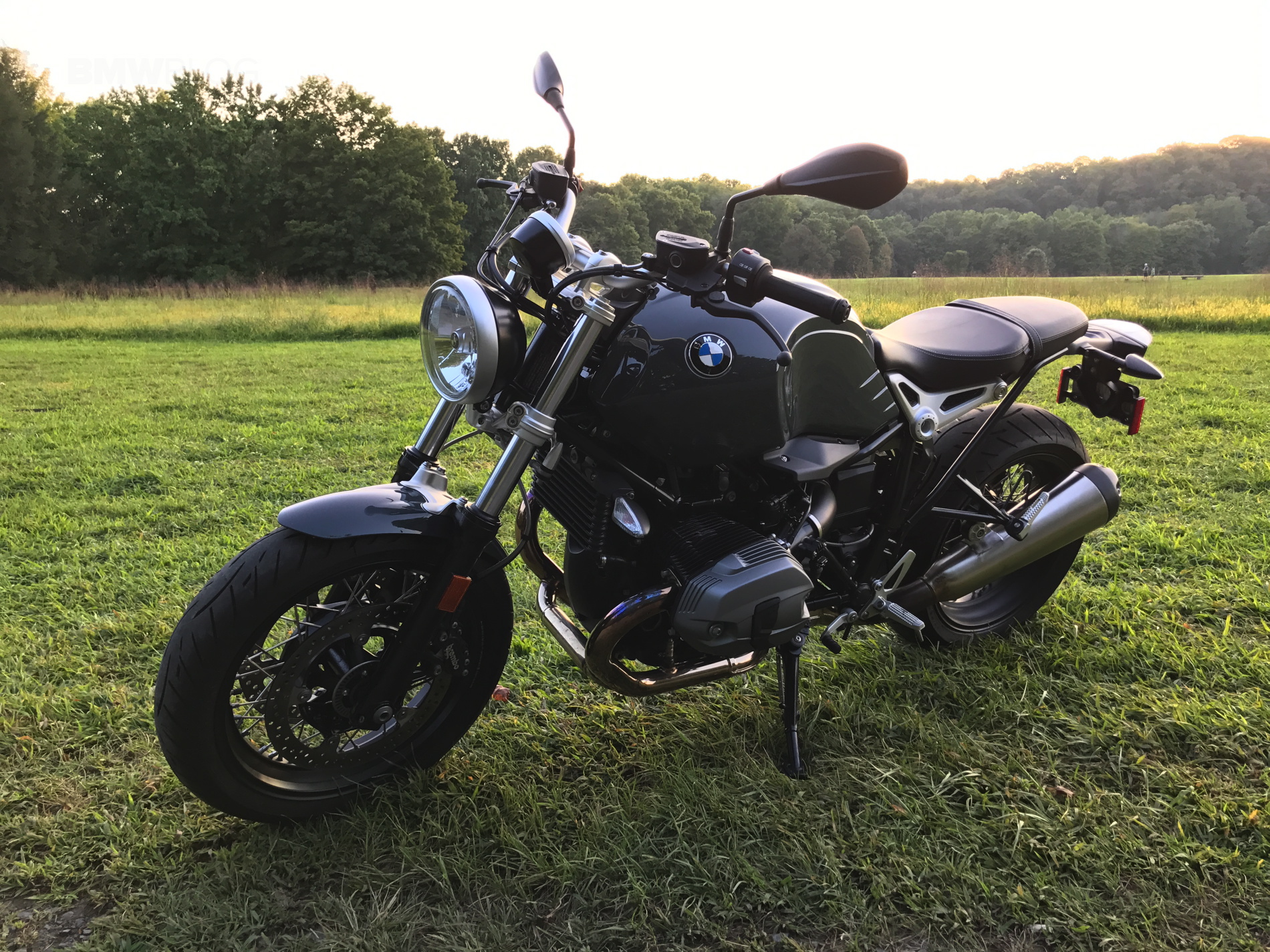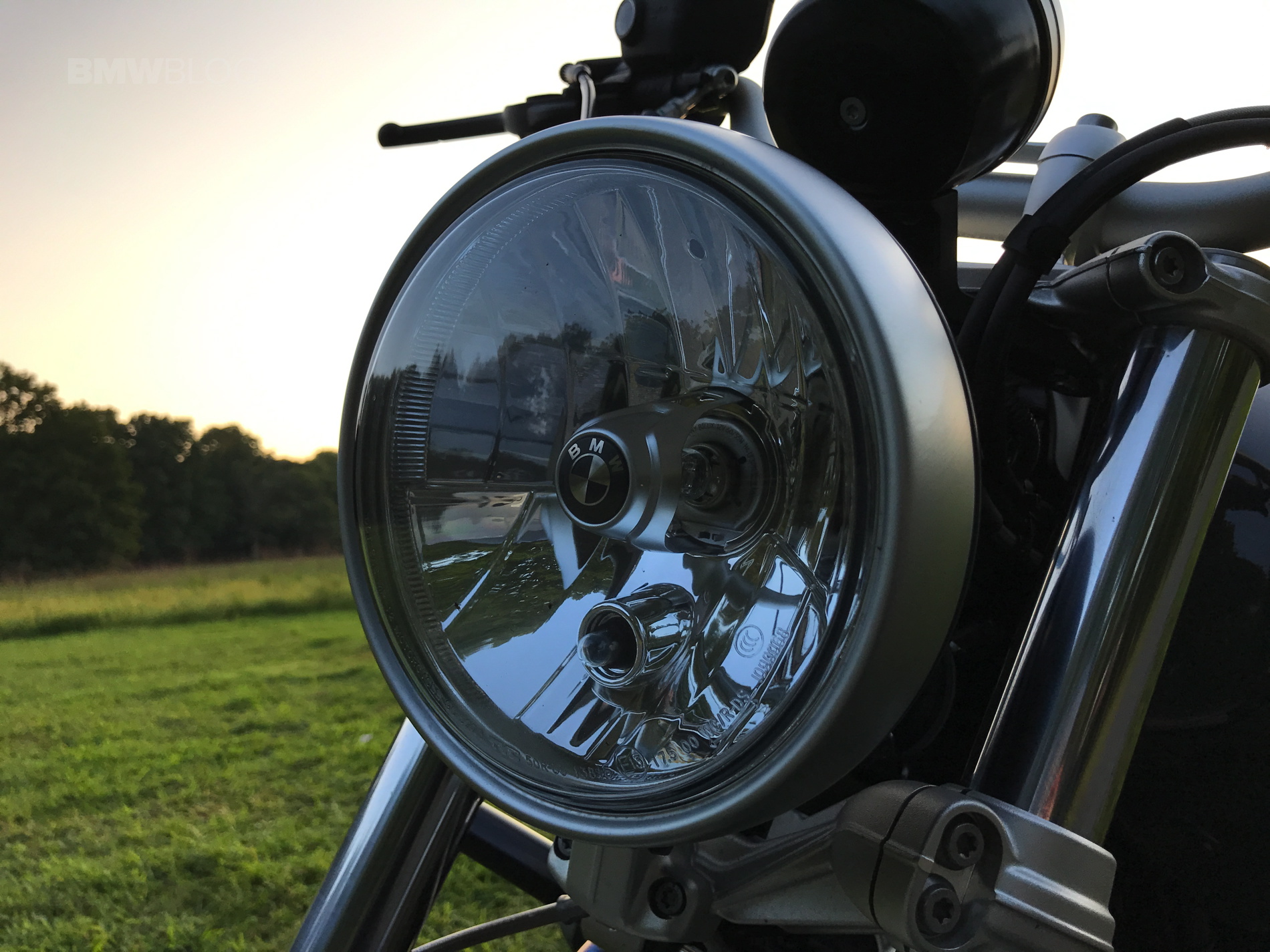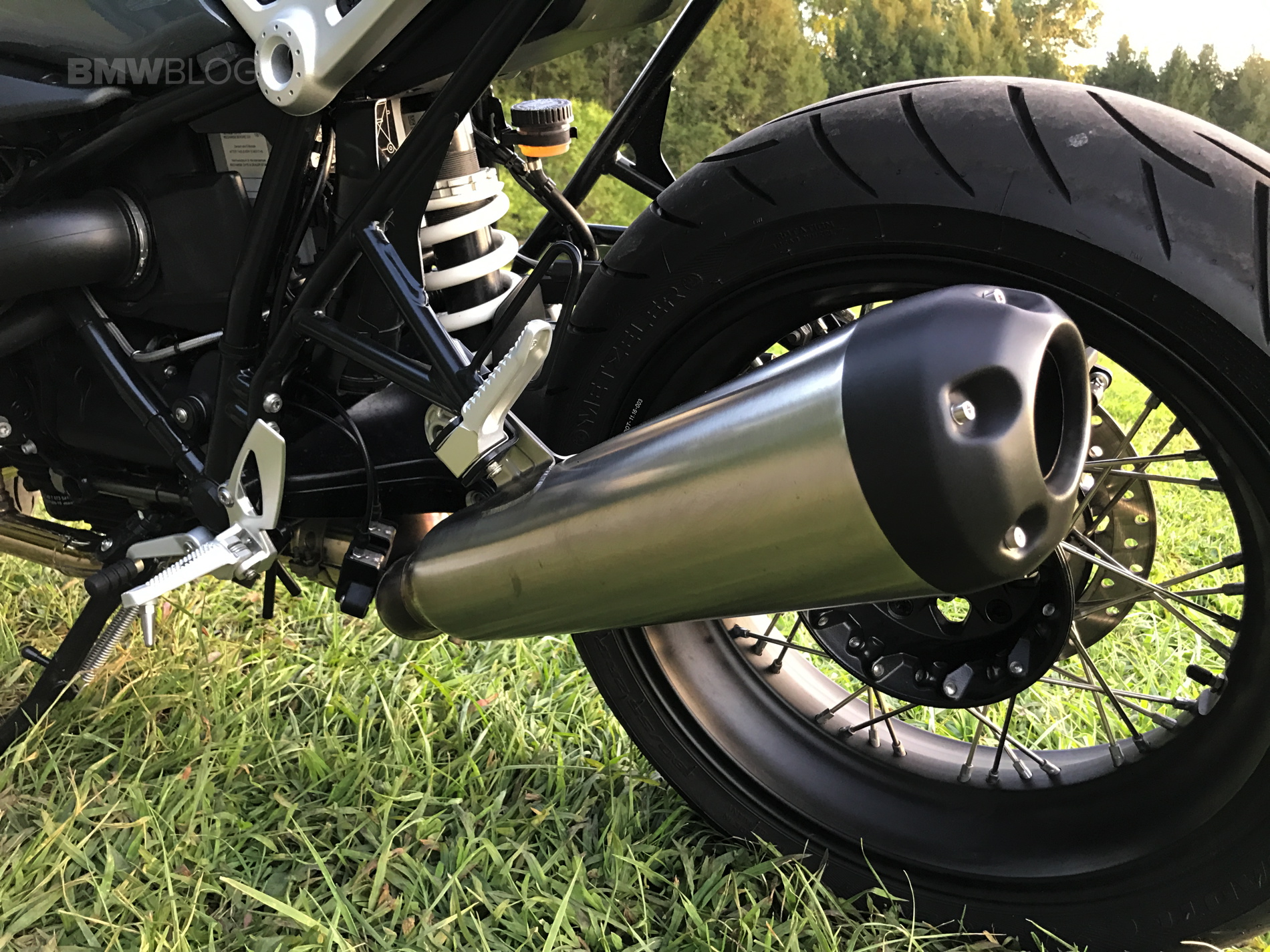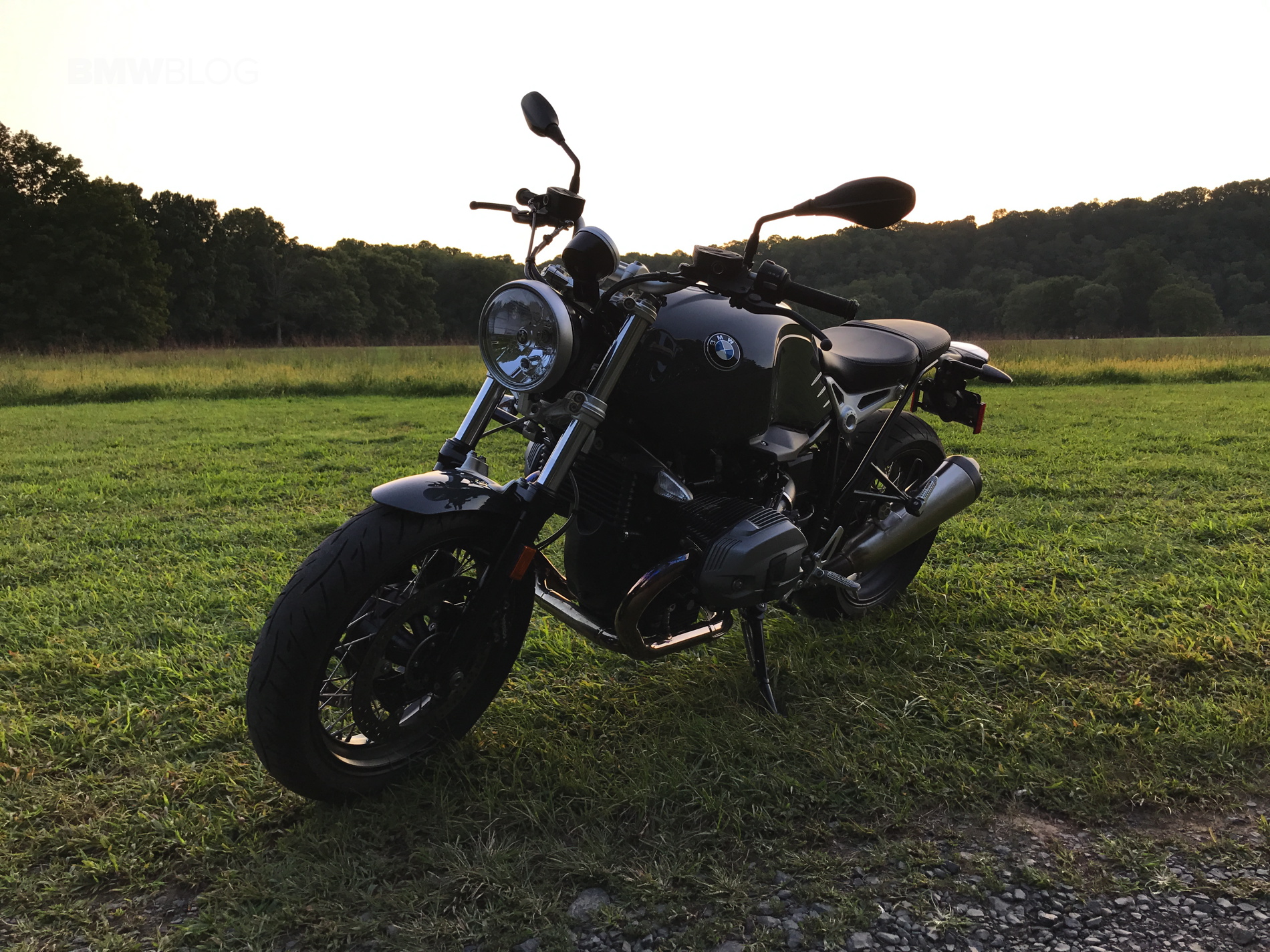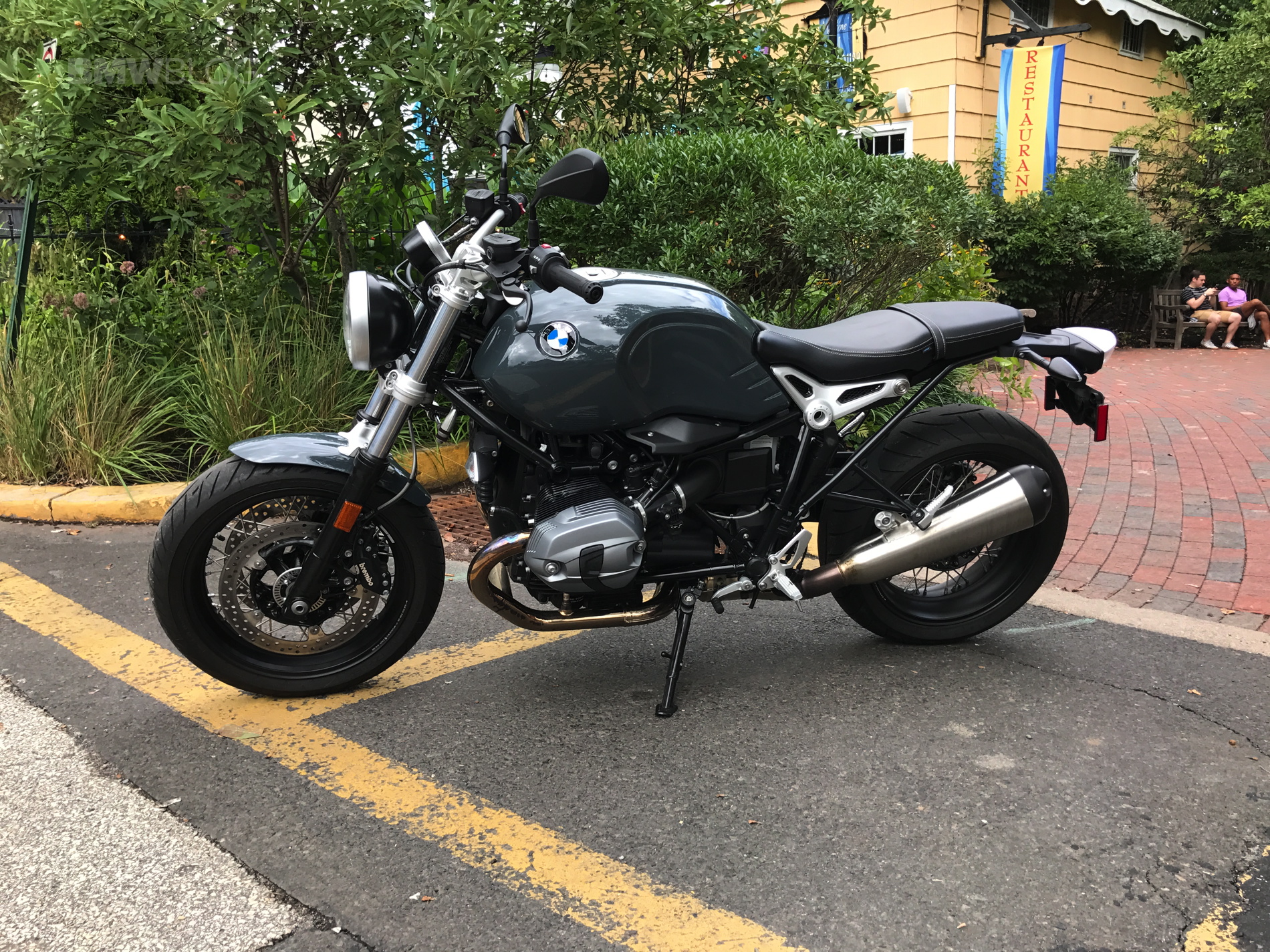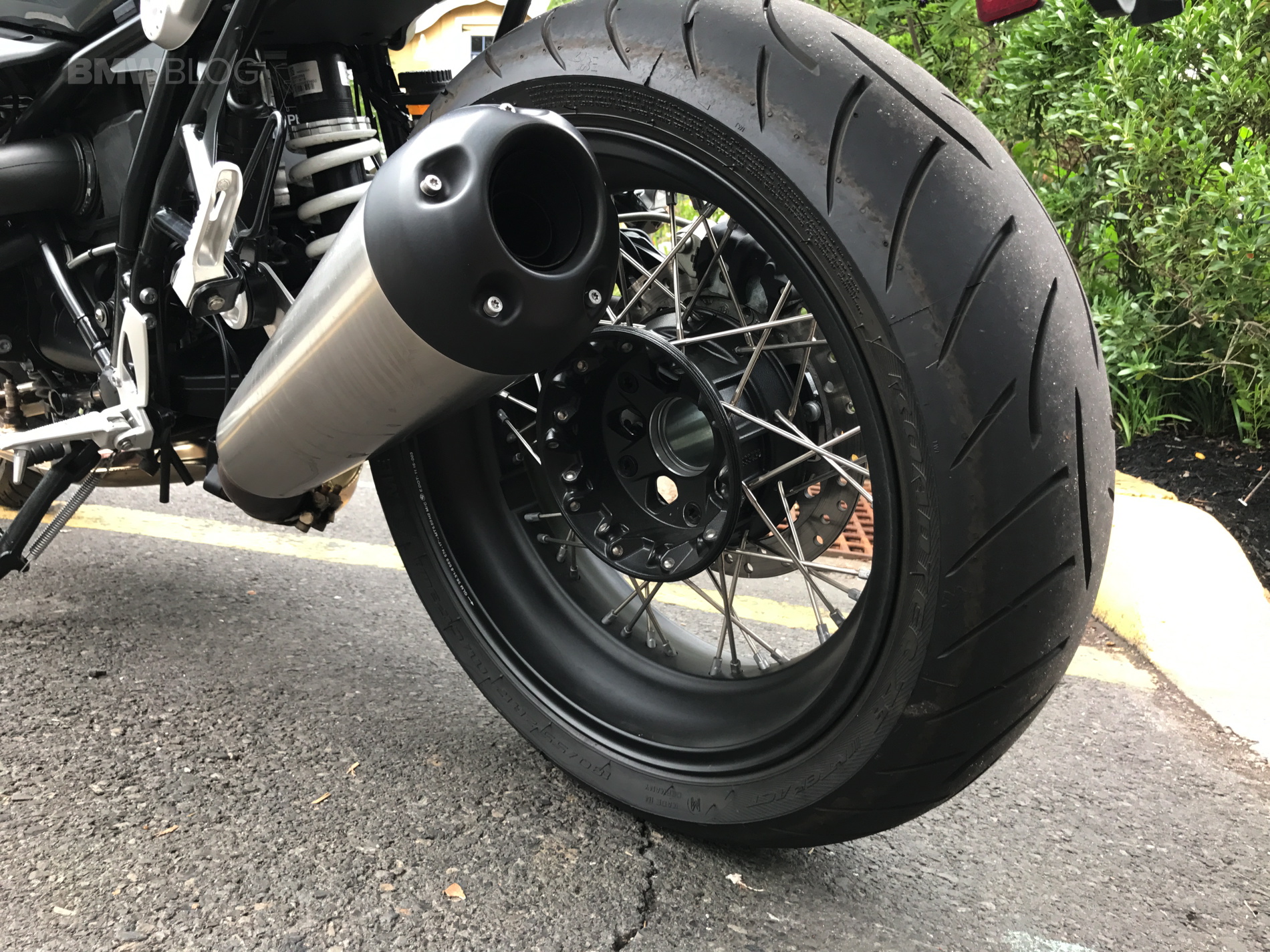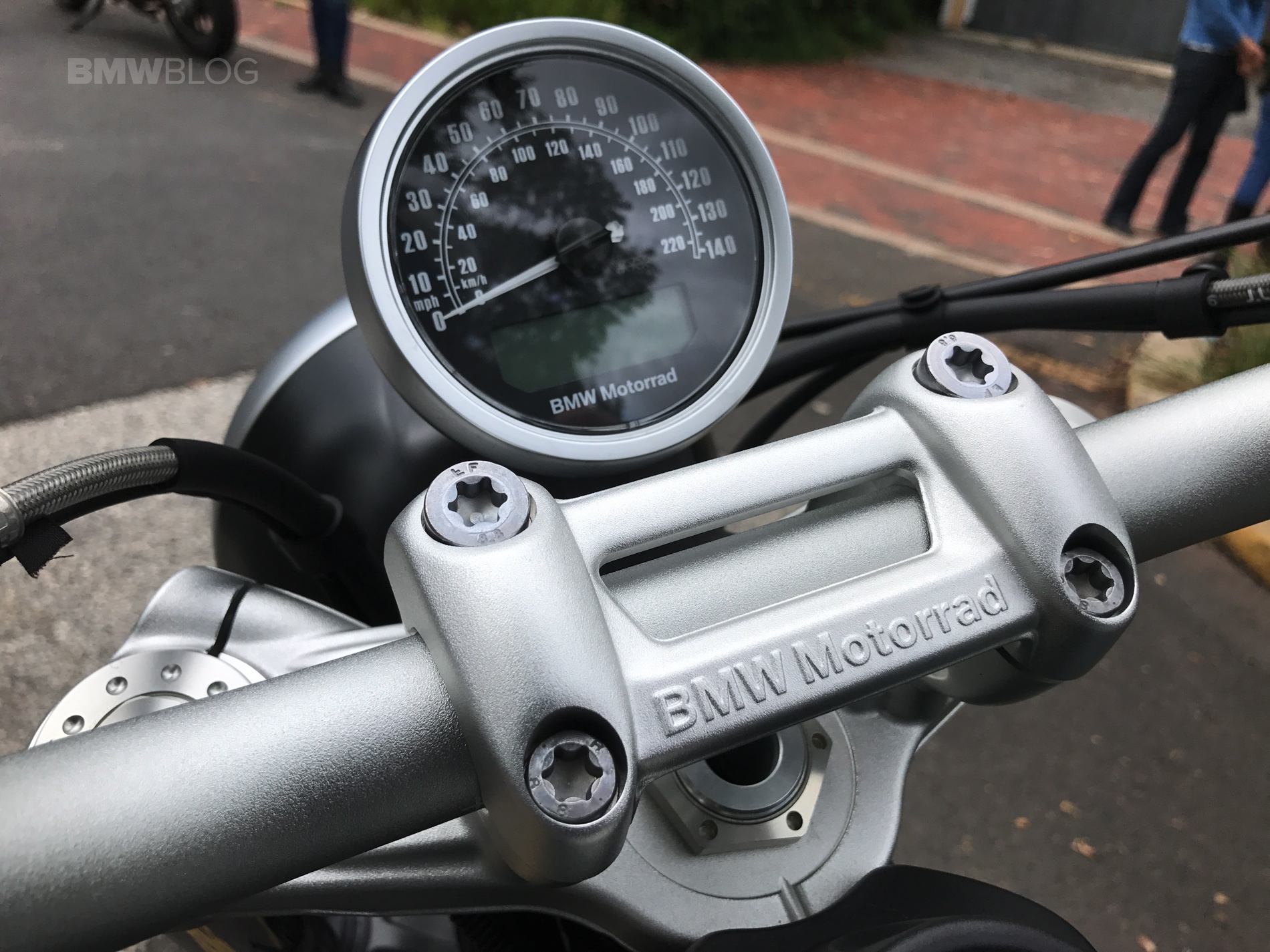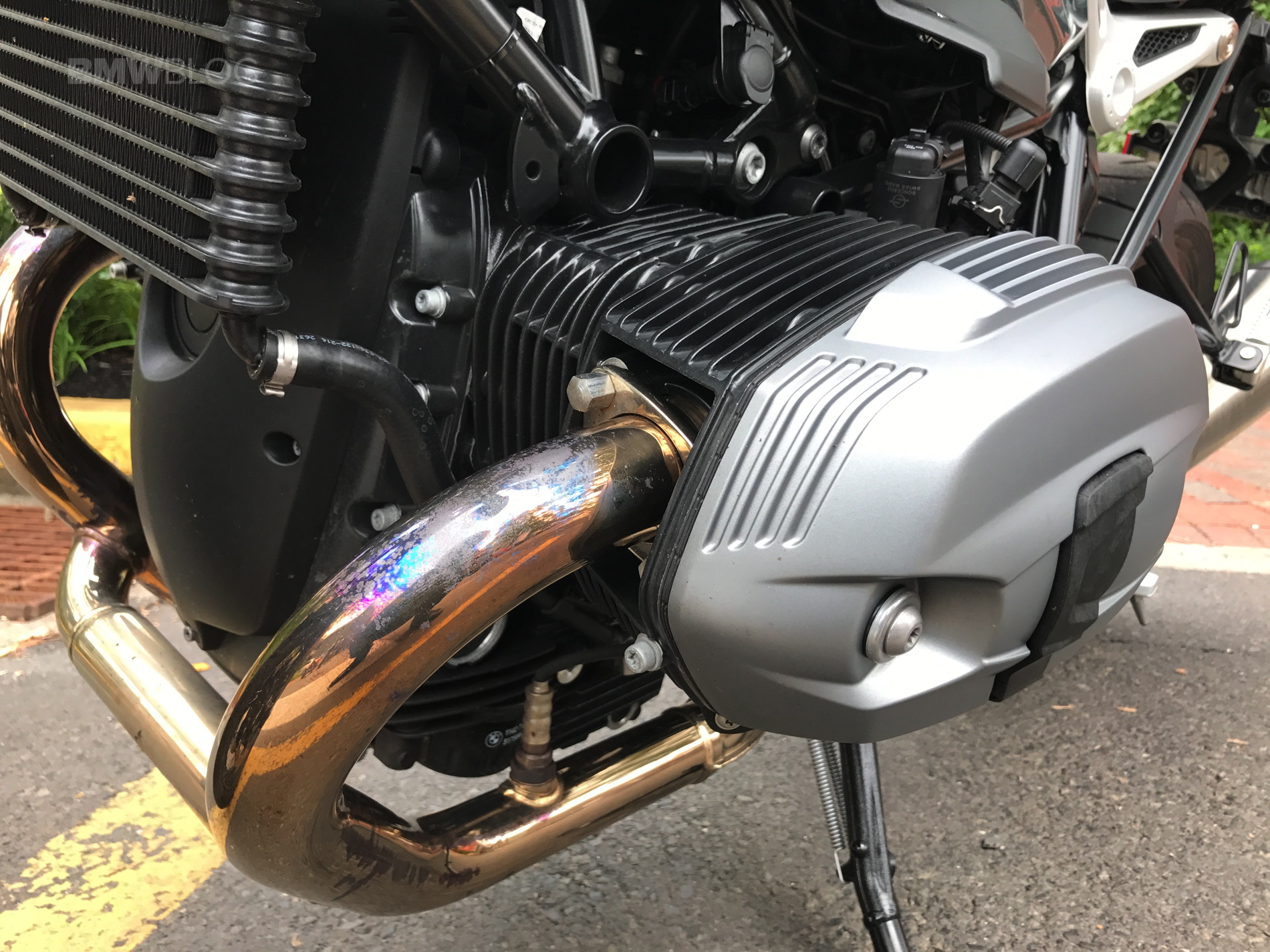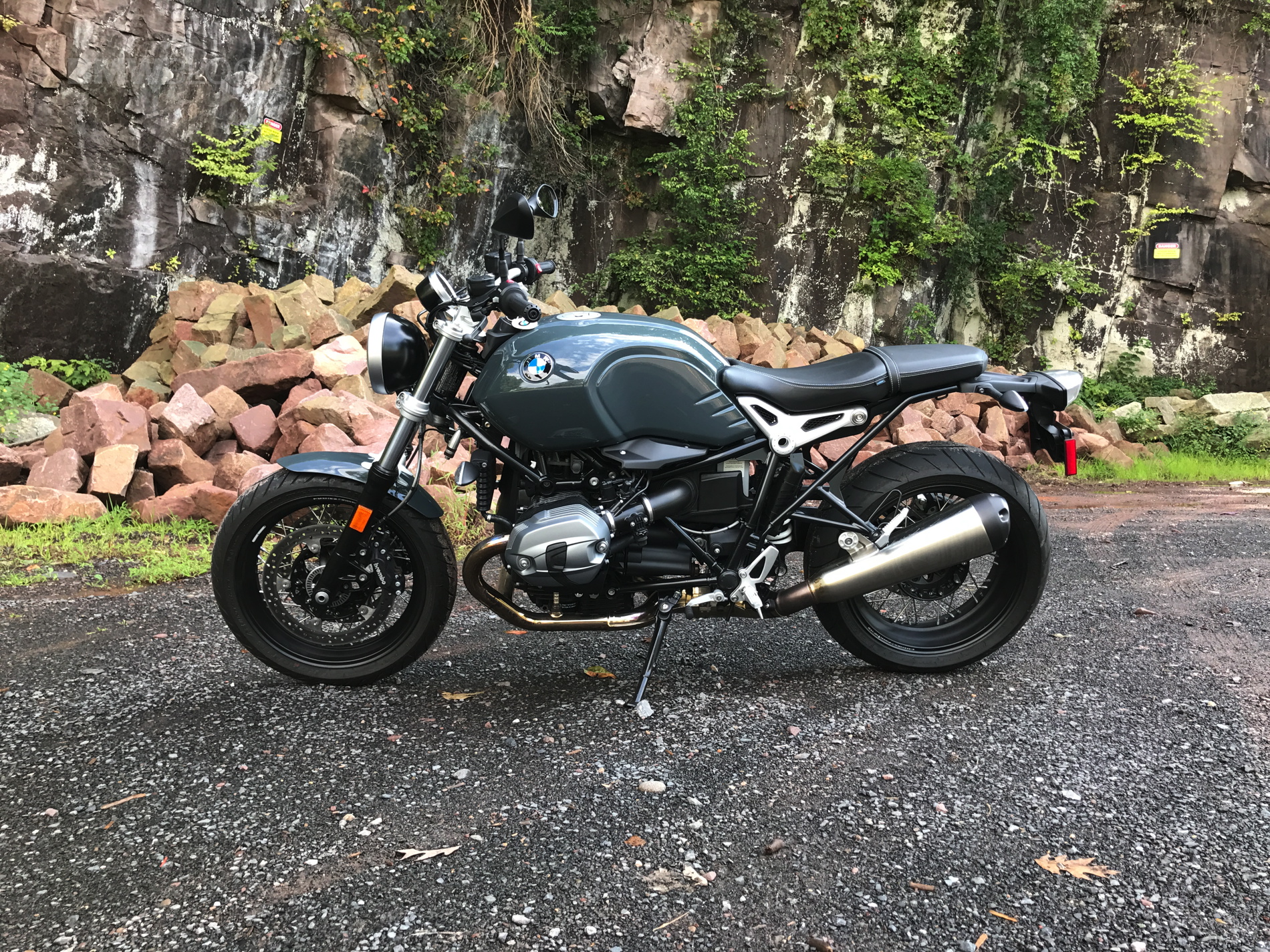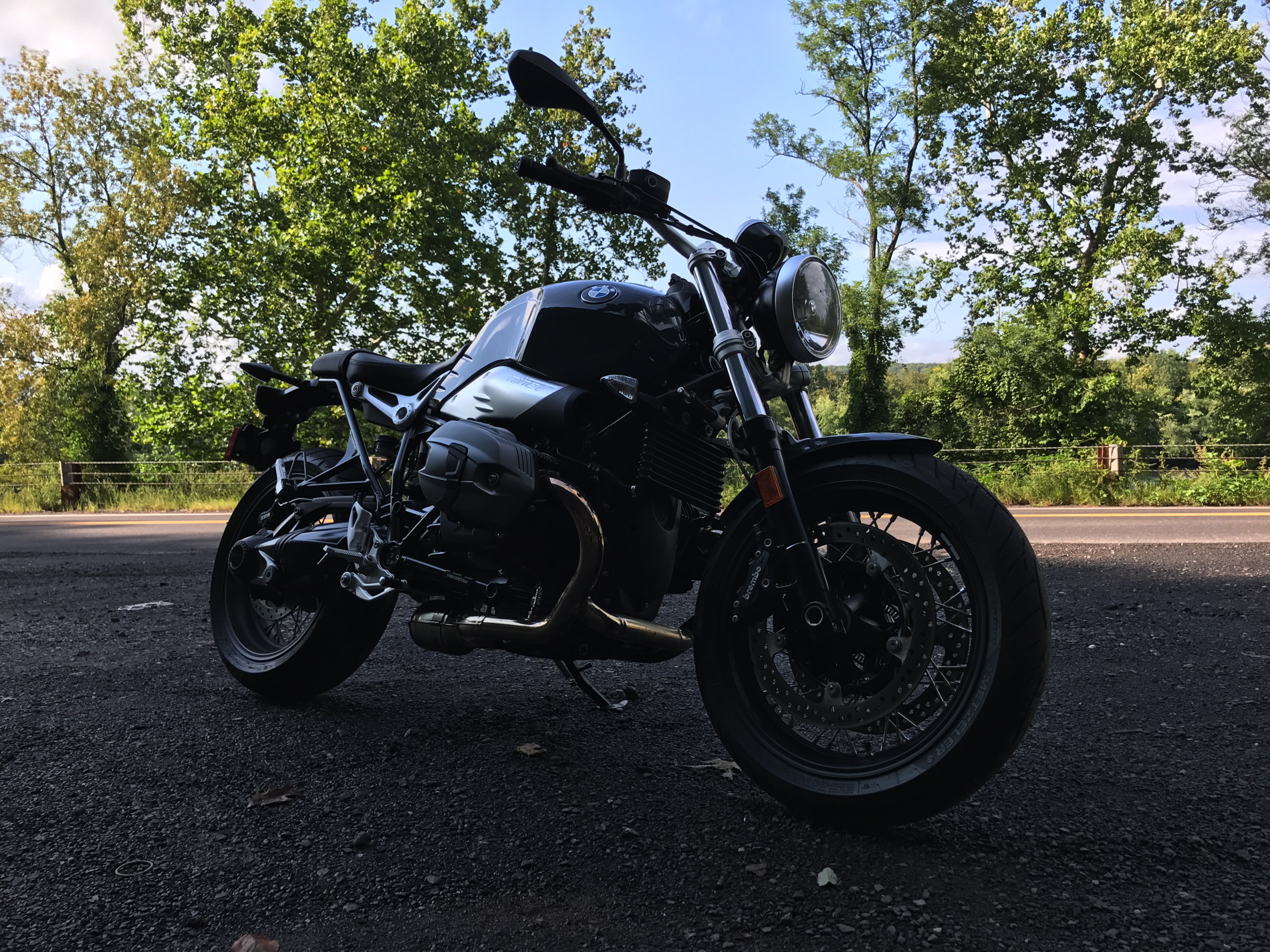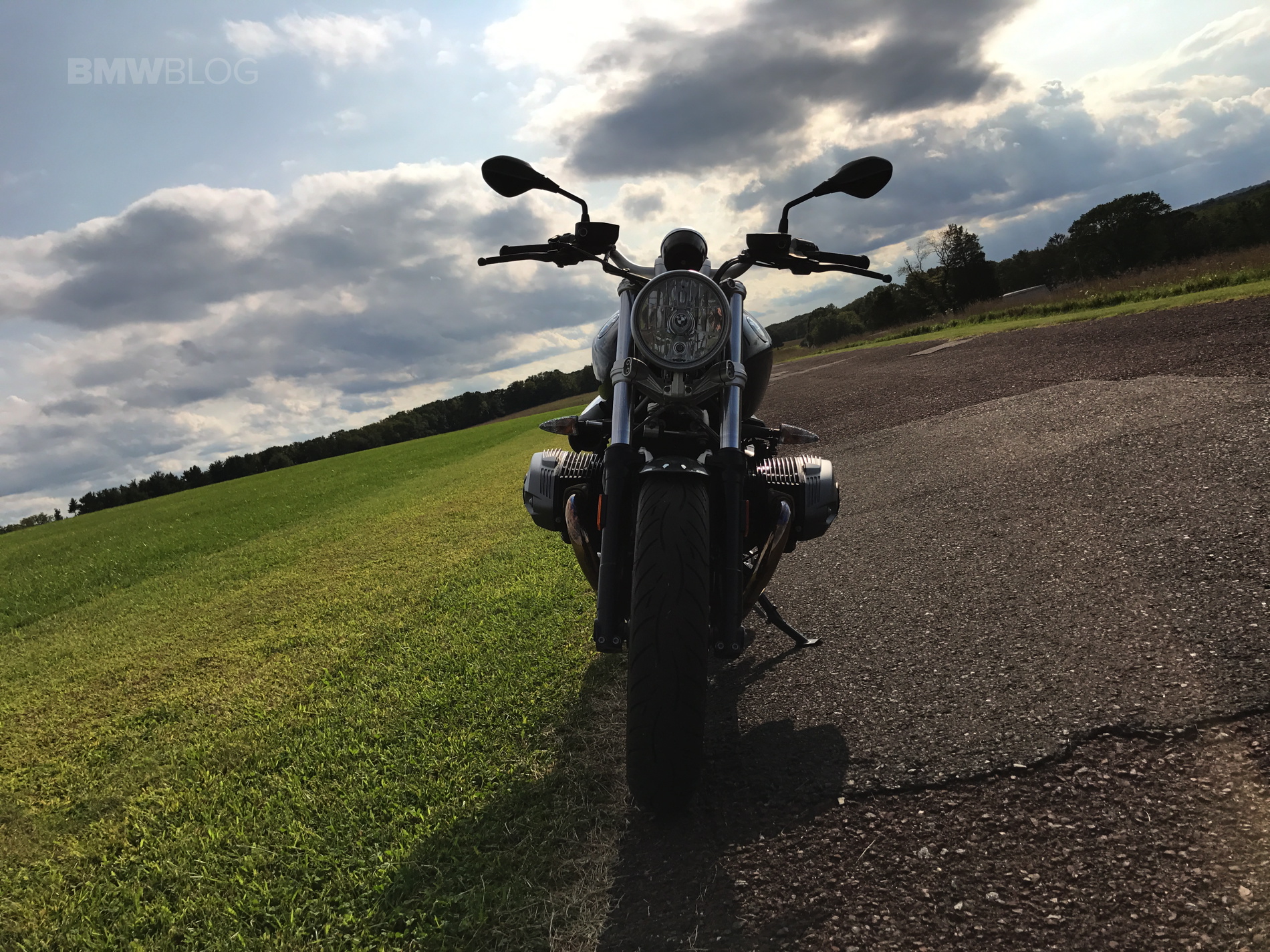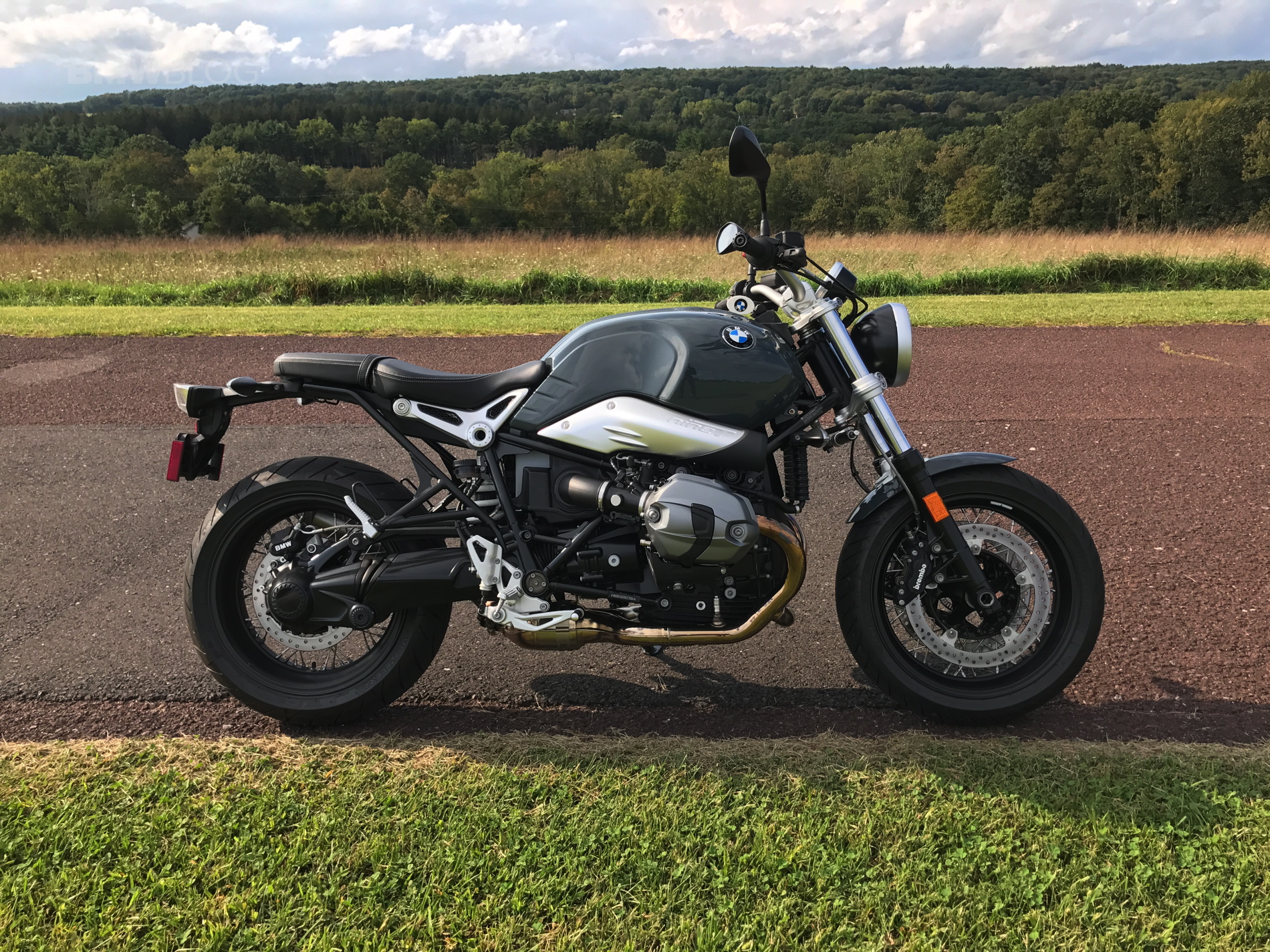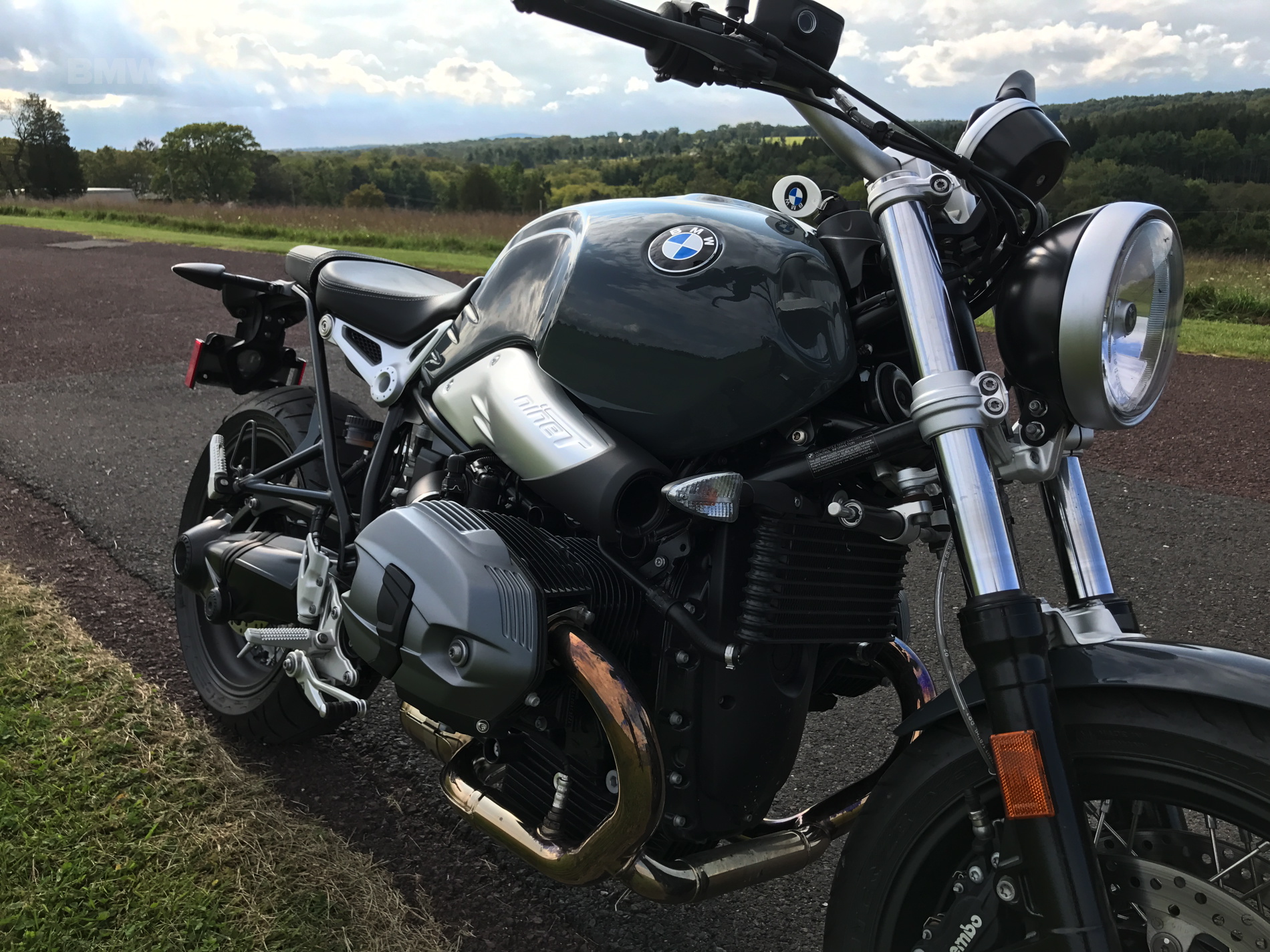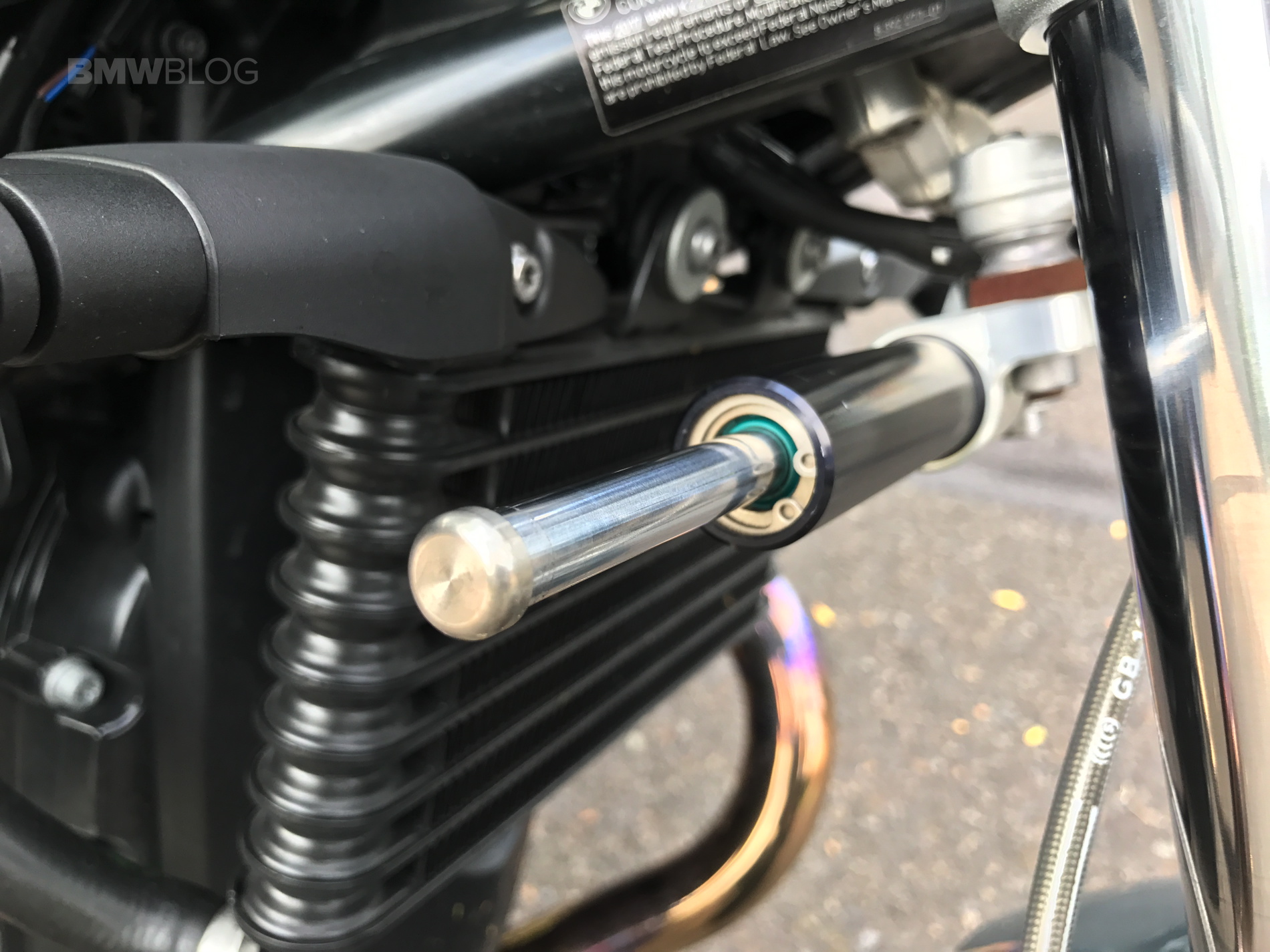When a motorcycle adorns a premium brand’s name, like BMW along with their distinctive roundel, expectations are high. When the model name includes “R nine T,” expectations begin to soar. Introduced in 2013, the R nine T was the first entrant into BMW’s Heritage line. Immediately following that bike’s introduction, it was beloved and lauded by consumers, journalists and customizers alike. The Pure variant, which debuted in 2016 following the Scrambler variant’s introduction, is a bit more minimalistic. Consequently, the base price is a whopping $3,400 less than the original model’s. Its simplistic design is very conducive to an individual looking to modify their motorbike into something even more unique and exclusive. I’ve been told by my local BMW Motorrad dealer that the vast majority of R nine T Pures that they service have been significantly modified from their original state. However, bone stock, what BMW Motorrad has created is a motorcycle that provides a truly unadulterated motorcycling experience, without any non-sense. It’s name, Pure, is so very fitting.
Gazing upon the bike, in the flesh or rather the metal, you become immediately aware of the tiny details, which serve to create a gulf between this bike and the proverbial herd. Such details as the BMW roundel present in the headlamp, and the “R nine T” tag that adorns the seat.
The instrument cluster, in keeping with the simplistic nature of the motorcycle, is very basic in its design. Absent is a tachometer, but other information like the engine temperature, for example, can be viewed through a digital display at the base. Don’t worry, if you feel like you cannot live without the tachometer, you can purchase it as an Original BMW Motorrad Accessory through your BMW motorcycle dealer. Also, true to its retro inspiration, the speedometer is a traditional, analog needle.
My particular test bike was equipped with optional spoke wheels, which thanks to the use of a single-sided swing arm, the rear wheel’s aesthetic value can be fully appreciated. They added an additional $500 to the price, but I’d say they are well worth the extra expenditure.
Every button that graces your fingertips further conveys solidity and quality. In fact, every material and surface, in general, conveys these positive attributes. When you mount the bike and stand it up, moving the bike’s weight from side to side, you can immediately anticipate how agile it will be on the road. After all of the build up from its tantalizing looks comes to a head, it’s almost time to fire up the bike.
As a member of the Heritage line, the R nine T Pure, of course, draws inspiration from the models upon which BMW Motorrad built its stellar reputation. Beginning in 1923, when BMW produced their first motorcycle, the Bavarian firm has utilized a flat, twin motor, affectionately known as a boxer engine. Since their very first model, the boxer configuration has become truly synonymous with the core of the brand, and though not identical to that original design, it lives on in several of the brand’s offerings, including some of its highest selling models, like the R 1200 GS. The boxer motor, which acts as the heart of the R nine T Pure, is air and oil cooled, and is therefore arguably the closest to the original air-cooled boxer motors.
The time has finally come, and after depressing the bottom of the On/Off switch located on the right handlebar, the motor springs to life. The rumble it emanates, the sensation alone, temporarily ignoring the sound, is enlivening and distinctive. It retains so much of the character and charm that embodied and defined previous generations of BMW motorcycles.
Is rumble just a mere eloquent synonym for vibration? Not at all. Characteristic of this type of motor configuration, there is a tiny bit of vibration, but I can’t emphasize “tiny bit” enough. The vibration never led to numbness nor even as much as a tingling sensation. In fact, it was hardly noticeable. Considering that the foot pegs aren’t coated in a material which would assist in absorbing vibration, this is even more impressive.
Power is delivered smoothly, and very much predictably. Due to the torque, it is provided in a manner which can be best described as joyful. An excellent balance between providing linear power and providing exhilaration is achieved. Unsurprisingly, the 110 horsepower, 1,170cc engine offers an excess of ‘umph,’ seemingly available throughout the entirety of the rev range, in all gears. A mere slight rotation of the throttle is all that is necessary to awaken the beast which lies between the rider’s legs.
That ‘beast’ does, however, become quite warm in heavy traffic. I observed temperatures in excess of 260 degrees Fahrenheit, in such conditions. Yet, if it weren’t for the temperature gauge, the rider would be completely unaware. I cannot think of another motorcycle, excluding other R nine T variants of course, which dissipates heat in such a non-obtrusive manner. Otherwise, in ‘normal’ conditions, the temperature hovered right at or above 200 degrees Fahrenheit.
Engine braking is, for me, an integral part of my experience while riding a motorcycle. It does, of course, create a wondrous noise but we’ll talk about that later. It’s integral because it enables you to scrub off speed without utilizing your brakes. If engine braking is too severe, it slows you too quickly, in a manner which is jarring. Conversely, if it is too weak, its impact is negligible and you’ll frequently need to employ the brakes to slow the bike, which is just not as fun. The latter of the two is more problematic, as the first can be compensated for by rolling on the throttle. The R nine T Pure’s engine braking is a tiny bit on the stronger side, but very well balanced between the two extremes. Precisely as I prefer it to be.
The more basic suspension utilized on the Pure is, in technical terms, a downgrade from what is present on the original R nine T. However, in describing it, the word “downgrade” is extremely far from the forefront of my mind. Instead, words like “balanced,” “practical” and “precise” occupy my sentiments. In fact, I would even go as far as saying that the R nine T Pure’s suspension is my favorite of all the motorcycles I’ve ever ridden, for real road riding. During spirited riding on secluded, twisty roads, it is reassuring and firm. Over the pot hole laden, poor roads that are far too common in the North Eastern United States, it remains very composed, nullifying the road’s impact on the rider. It is, in my opinion, absolutely excellent at handling a very wide variety of real road riding conditions. I must add, my weight is roughly 160lbs, and that does, undoubtedly, effect the suspension’s performance and concomitantly my impression of it.
The phenomenal suspension, paired with the wheelbase length, the tubular space frame’s rigidity, and a superb set of Metzeler tires, synergistically work together to provide an overall handling experience that punches far above the R nine T Pure’s price class. On the highway and through sweeping turns, the bike feels very planted and stable. Yet, it feels nimble and agile through tight switchbacks and in traffic. This is also attributable to the way in which it carries its weight. Weighing in at 483 pounds wet, it isn’t exactly feather light, but it feels more like a 415 pound bike. Though low speed maneuverability is excellent, it doesn’t come at the expense of higher speed stability, thanks to the addition of a steering stabilizer.
Another thing that makes it a joy to ride around town is its seat height. Measuring up at 31.7 inches, it isn’t extremely short, yet due to how narrow the seat is where it makes contact with your inner thigh, it is very easy to plant both feet firmly on the ground. This, of course, will vary for each individual. I am 5′ 11″, and typically wear pants with a 30″ inseam.
The seating position, itself, I found to be also quite comfortable and versatile. Upright, it is very kind to your wrists. Yet, it is a very commanding position, which lends itself well to ‘carving up’ the road and easily shifting your weight.
I cannot neglect to mention that my test bike was equipped with BMW’s Automatic Stability Control system, or ASC. When I encountered gravel on the roads, the ASC was more than just a bit of “peace of mind.” I could feel it working, as well as witness the indication of its effectiveness on the instrument cluster. A $400 option, I would opt for undoubtedly.
Though again, technically lesser than what comes on the original R nine T, the best name in braking still adorns the the setup on the Pure. Brembo. With that being said, it doesn’t disappoint at all. The bite from the rear brake alone, is enough to bring the bike to a complete stop rather quickly, though you should always use both the front and rear brakes simultaneously. The front brakes have an excess of capacity to abruptly halt the bike’s motion, and both the front and rear systems can work to their fullest potential thanks to BMW’s standard ABS. Due to that suspension I was lauding earlier, under heavy braking, there is very little perceptible nose diving.
Typical of a BMW, the R nine T Pure makes use of a drive shaft, rather than a chain, to transfer power to the rear wheel. Not only is it smooth and reliable, it is far less maintenance intensive than a chain. With all of the miles I put on my test bike, not once did I have to get ‘down n’ dirty’ to clean and lubricate a chain, nor did I have to risk my fingers getting caught between a chain and a rear sprocket. You simply change the fluid in the drive shaft when you change your engine oil, more simplicity. Additionally, the aesthetic of the driveshaft paired with the single-sided swing arm is far more pleasing to the eye than other mainstream alternatives.
The transmission, though very-very refined, retains a little bit of that re-assuring, solid and audible clunk that occurs when shifting through the gears, that is common of Beamers. Admittedly, I’d be saddened if it weren’t present at all. It is about one twentieth as perceptible as it is on my nearly forty year old BMW R65. Shifter travel is minimal, as well. Shifts themselves are pretty smooth, thanks both to the transmission itself and the hydraulically actuated clutch. However, that clutch is one of the very few, if not the only thing, that I would’ve changed about the bike.
The clutch works beautifully, and with the hydraulic actuator, clutch pull is pretty light. Many purists will disagree with me here, but I’d have preferred a wet clutch instead of the dry clutch that BMW went with. The reason is simple, I’d feel much less guilty pulling the clutch lever in while stopped, as the dry clutch used on the R nine T Pure, not unlike the clutch in a manual car, can burn out more easily. It is a pretty insignificant criticism because, just as I do with my vintage Beamer, I simply shifted into neutral at stops. Of course, that is for stops that aren’t very brief, like when stopping at a stop sign, for example. Thankfully, because of the great transmission, shifting frequently into neutral isn’t bothersome, and there weren’t any false neutrals.
Design is, by its very nature, something which is valued and judged subjectively, but based upon my experiences with the R nine T Pure, I’ve concluded that I am not alone in thinking that this is one beautiful bike. Though the design clearly has a retro theme, it also conveys modernity simultaneously, masculinity and strength, particularly through the tank. It is distinctive from the pool of both modern and vintage motorcycles I frequently encounter, as a result.
The paint color which embellishes the steel tank, dubbed Catalano Grey, is non-metallic and has a glossy finish. It pairs wonderfully with the black and metal components on the bike, and serves to give the bike a bit of a gritty persona, as opposed to the original R nine T.
Everywhere I went with the bike, it garnered positive attention. Everything from gawking eyes and envious glances to those more enthusiastic observers who approach wanting to know more about the bike. It is a real conversation starter. Even where I live, in New Hope, PA, where Main Street is often lined with motorcycles and spotting rare, upscale bikes and automobiles is rather common, the R nine T Pure made a statement and had a strong presence.
Another thing that draws attention to the bike is the symphony of sound that it produces from its exhaust. With the same canister that can be found on the R nine T Racer, the Pure makes a full-bodied roar, with the depth that you’d expect from a twin motor.
However, the bike sounds far better stock than I anticipated it would. See, many of us have come to simply accept that, due to the regulatory climate, when you purchase a new motorcycle, you’ll very much want to replace the stock canister/s, if not the entire exhaust system, immediately. In this case, I felt very satisfied by both the sound itself and its volume. Actually, I was more than merely satisfied, I was elated.
It is true that if it hadn’t been satisfactory, it could have easily been remedied by upgrading it with the HP Sports Silencer, which if it sounds this good stock must be absolutely intoxicating. Still, it’s important to note that the bike really does sound great with the stock can. That is not to say that you likely wouldn’t want to buy things to personalize the bike, and BMW offers tons of genuine accessories with which to do so, but you could never change a thing on it and still really love it.
Clearly, I’m pretty smitten with the bike. I am/was very much a fan of the R nine T, as well, so I was a little bit concerned that the Pure was going feel like a budget conscious compromise, comparatively. Though this is a review and not a direct comparison, that concern was, thankfully, erroneous. Starting at $11,995, the Pure still isn’t a ‘cheap’ bike, but it is a lot of bike for the money, very much a value. Also, let’s be honest, if it were ‘too cheap,’ you’d see them everywhere and that would decrease the bike’s desirability, but I do feel like the Pure is very competitively priced with offerings from other premium manufacturers. The competition in this price segment is pretty fierce. Still, my test bike, with the optional wheels, ASC and heated grips, plus destination fees, came out to $13,640, still a hefty $1,755 less than the starting price of the R nine T. Of course, the R nine T retains its own appeal at the pinnacle of the Heritage line-up. The Pure, however, is an unignorable proposition. Would I purchase one for myself, is it that good? Most certainly, without even an ounce of regret.
Visit the Author on Instagram @MikeAndHisBikes



